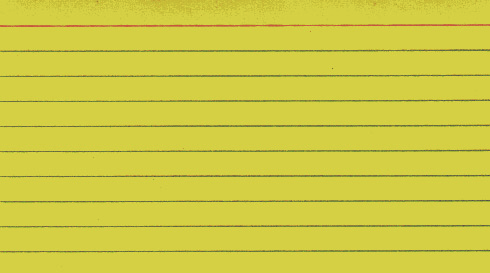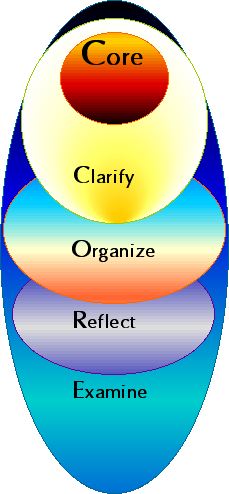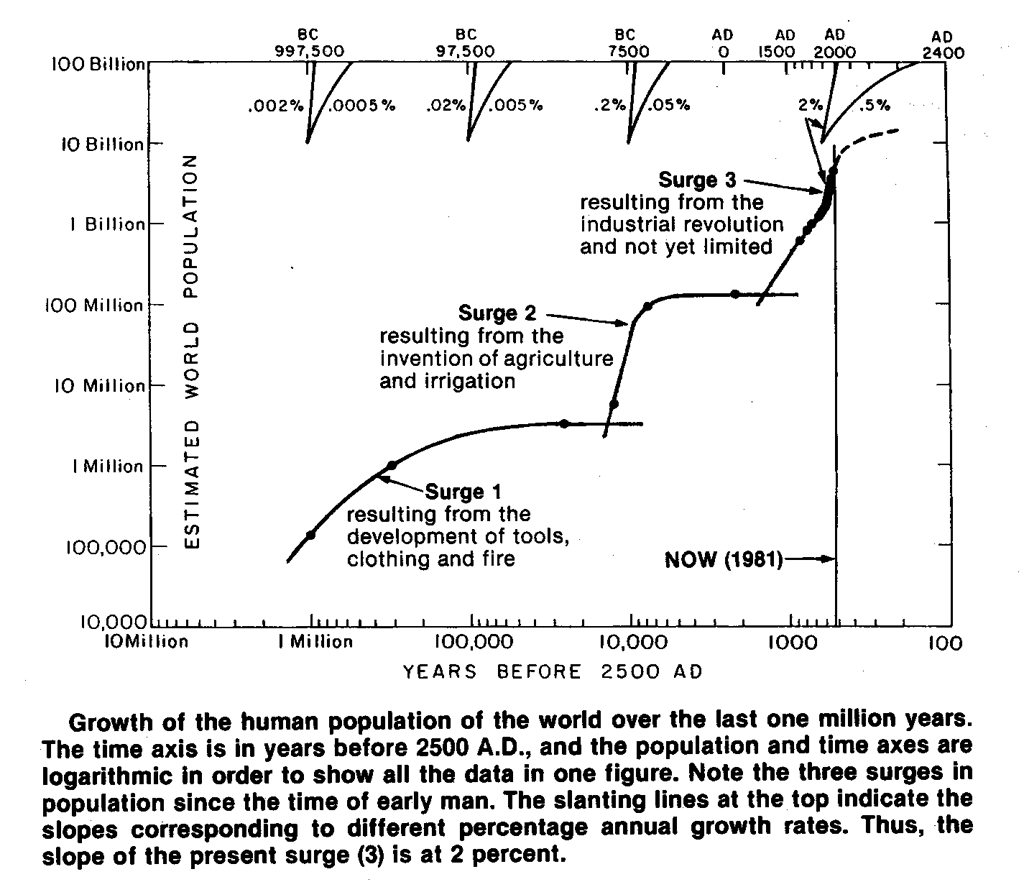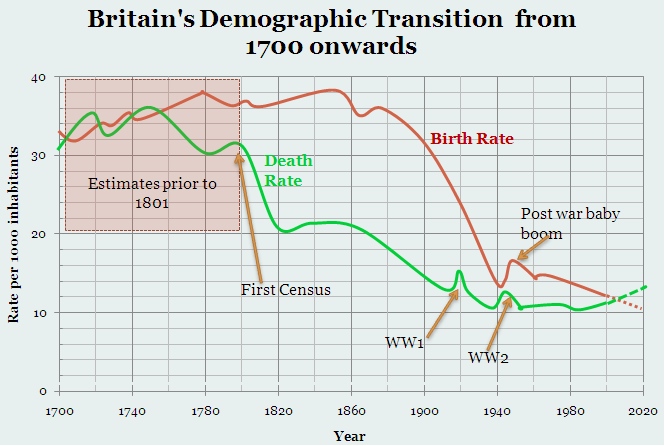overview | weeks | related pages | what is | animations | concepts | course title | wiki-based | story
Population: The World at Seven Billion; nightmare of an impoverished planet or a dream of progress?
Organize has two related meanings:
Core refers to the four steps we take to move through the course
CORE:
We actually begin the chapter on death and refer to Malthus essay, that too influenced Darwin's "struggle for existence."
Organize to arrange in a logical order.
Loading
Use the Wiki for this class: The World at 7 Billion.
A learning objective for these weekly readings is for participants to examine by asking questions, writing and posting to the internet their responses to: how do life extectancy and average life span differ? Can you describe several ways to interpret how mortaity influences population and parts of the population equation, in order to define each of the ways infant mortality, life expectancy, and total fertility rate each contribute and together influence how population can change?
Active participants will analyze and define explicit examples of five to ten different outcomes of the "impact equation" that have been altered by economic, and social, patterns that changed because of a decline in mortality rates. Is that a revolution?
What is the demographic transition?. For example only see this table & chart.
After the third week active participants should describe to the class verbally and in writing preliminary data on the size, growth rate, family size and per capita economic data on their selected nations.
Instructions
1. Describe what you see to one or two partners:
Population Reference Bureau and World Bank data are both available on line
2. After week four students should be capable of using the several assigned readings and texts to describe verbally and in writing the examples of the arguments made by Thomas Malthus, & Bill McKibben, and Siry's e-book concerning demographic change including different fertility measures three facets of density .
3. Write an essay of sufficient length (1000 words) to cover a description and an analysis of your ten nations and teh data you have for them. Start by describing these above findings and analyzing what the data reveal about the challenges facing these nations with respect to demographic and economic trends currently supported by the data. For example can you describe how contraception is or is not a form of population decline with deep influences on human conduct or behavior in groups if not all of nations that you have selected?
So verbally and in writing summarize evidence found from the data sheets in contrast to the beliefs of three different authors: Siry, Malthus, & Swift.
Weeks in further detail.
Clarify, Organize, Reflect, Examine = CORE
• First week: How does what we think about population shape our expectations?
- Second week: defining what population is doing to us all.
- Siry Introduction to the e-book
- Swift, A Modest Proposal.
- Third week: Counting heads and enumerating the despotic demands of more and more people.
• Fourth week: How people use demography as a systematic study to determine population characteristics: The Great Population Debate.
• Fifth week: Fertility as the reason populations grow as they do?
• Sixth week: Reports on your data sets and nations. Describe from McKibben what sort of limitations on family size exist.October 11-14 Fall Break, no class.
• Seventh week: Margaret Sangar & public health in addressing the synergy of mechanisms that act as a means of decreasing populations; the examples from China.
• Eight-Ninth weeks - reports: Write a 2000 word report on Sangar, Mckibben, & Siry on how the roles of migration, population dynamics and density in create identifiable patterns in nations and describe those nation's population profiles.
• Tenth week Was it too many people or too few resources that sparked these migrations? Garrett Hardin: Understanding Hardin's perspectives.
Europe's urban growth rates as examples of growth rates, density and migration.
• Eleventh week: The new industrialism and the power of synergy among emergent properties affecting density, labor, family size, income, a rents.
• Twelfth week: Three revolutions driving the present conditions as revealed by comparing the Human development index, HDI, with the Physical quality of life index, PQLI, and the social progress index among other competing measures of socioeconomic transformation.
• Thirteenth & fourteenth weeks: What did you learn and how does gender matter? A look at India again in the light of Hardin's & McKibben's arguments by the class reporting on their nations in relation to these arguments concerning population & consumption.
Extraordinary Outcomes for student performance
Students will be able to describe verbally and in writing the defining characteristics of the different examples of organization of concepts for population, land, labor, and wealth as these are influenced by demographic change.
Students will verbally and in writing list and describe factors that are identified as demographic data to explain economic conceptions, such as development theory, the demographic transition theory, "laissez faire," monopoly as opposed to socialism, & social stratification.
The Crucial Value of Ecology In Your Education.Engaged participants will demonstrate in writing and verbally data sets to analyze specific demographic conditions that respond to impacts from the economy such as the cyclical periods of depression and recessions on family formation, mortality rates, fertility, and per capita income measures and other social arrangements.
Authors:
- Joseph Siry, Population and Environment.
- Jonathan Swift, "A Modest Proposal" 1729.
- Thomas Malthus, "An Essay on Population" 1798. (meaning)
- Bill McKibben, Maybe One, (critique of this book).
- Margaret Sangar, R.N. The Pivot of Civilization, 1922.
- Garrett Hardin, The Ostrich Factor.
- International press list of newspapers.
Vocabulary:
 Using population profiles to see changes
Using population profiles to see changes
A history of population change
What's behind the arguments? with Dr. Joel Cohen
fertility or natality
cohort
mortality as opposed to morbidity
total fertility rate
infant mortality rate
life expectancy
population pyramids
density
affluence
social stratification
vice
per capita
per capita income
aggregate
variable
density dependent disease
contraception
infanticide
abortifacient
euthanasia
eugenics
What is human population's and consumption's impacts on people based on all of the authors when compared and contrasted with the data you collected in the 12 or more nations selected? }
final essay: minimally 8 pages excluding the footnotes, or endnotes and bibliography; with a data table, bullet points, and summary
A summary of which you post to wiki { You verbally explain your research & analysis findings at the final exam.
You verbally present that summary at the final exam hour to the class.
The final exam is a post-test and a four minute verbal presentation of the essay's summary findings presented to the class. The 8 page essay is redrafted and due then on that day.
12/9, Tuesday, Final Exam 2-4 PM. You stay for the entire 2 hours.

.gif)














